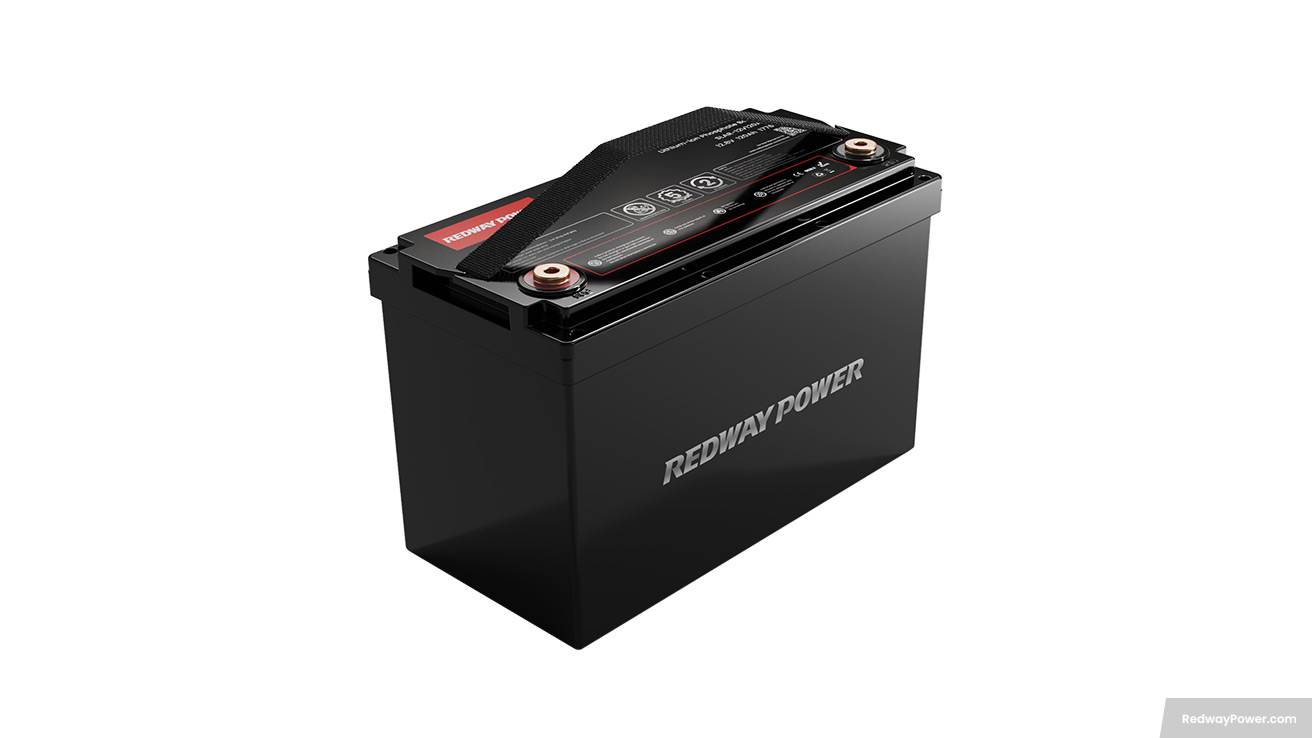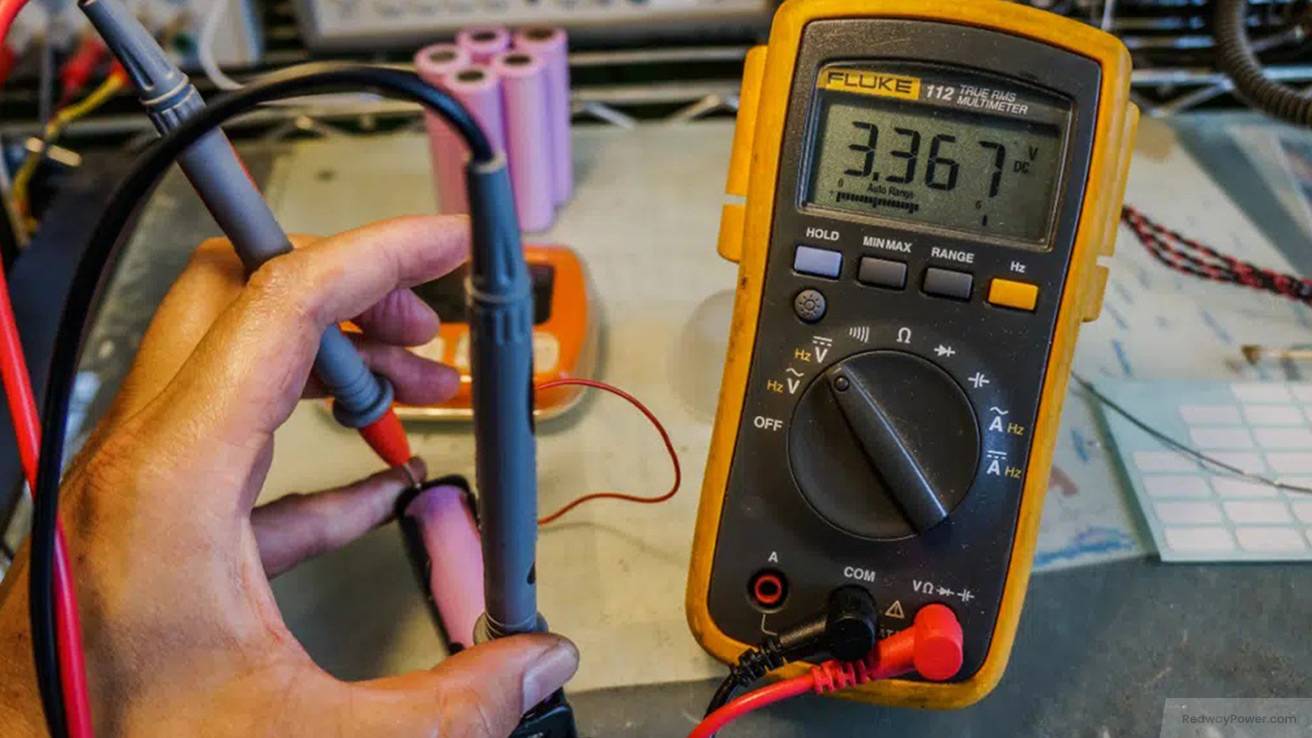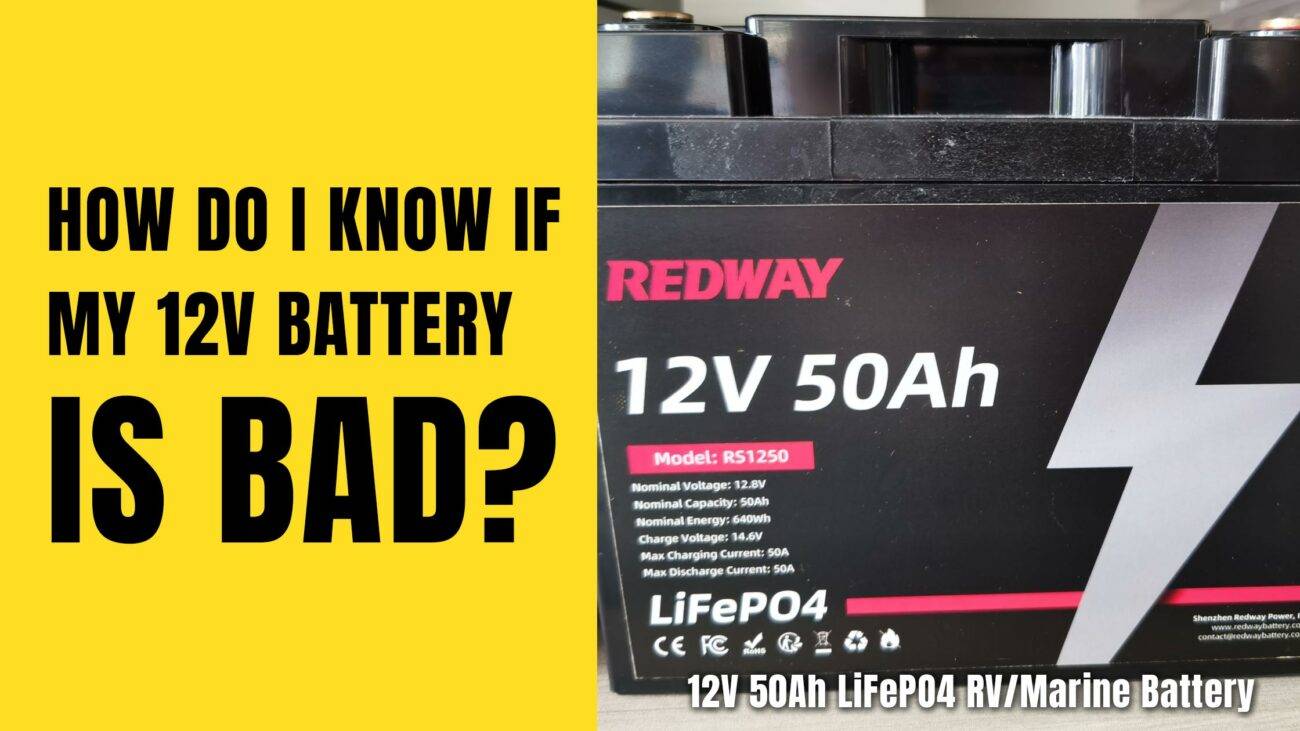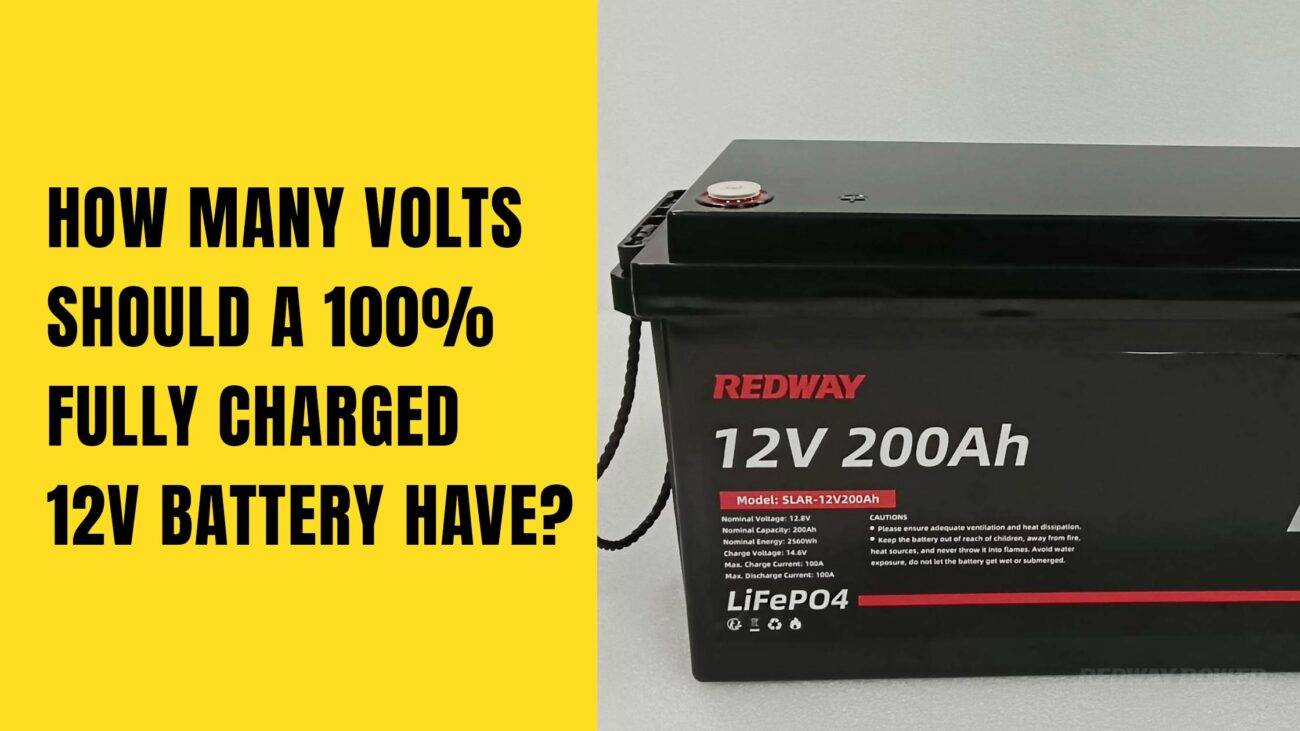- Lithium Golf Cart Battery
- Forklift Lithium Battery
-
48V
- 48V 210Ah
- 48V 300Ah
- 48V 420Ah (949 x 349 x 569 mm)
- 48V 420Ah (950 x 421 x 450 mm)
- 48V 456Ah
- 48V 460Ah (830 x 630 x 590 mm)
- 48V 460Ah (950 x 421 x 450 mm)
- 48V 460Ah (800 x 630 x 600 mm)
- 48V 460Ah (820 x 660 x 470 mm)
- 48V 500Ah
- 48V 560Ah (810 x 630 x 600 mm)
- 48V 560Ah (950 x 592 x 450 mm)
- 48V 600Ah
- 48V 630Ah
-
48V
- 12V Lithium Battery
12V 150Ah Lithium RV Battery
Bluetooth App | BCI Group 31
LiFePO4 Lithium
Discharge Temperature -20°C ~ 65°C
Fast Charger 14.6V 50A
Solar MPPT Charging - 24V Lithium Battery
- 36V Lithium Battery
- 48V Lithium Battery
-
48V LiFePO4 Battery
- 48V 50Ah
- 48V 50Ah (for Golf Carts)
- 48V 60Ah (8D)
- 48V 100Ah (8D)
- 48V 100Ah
- 48V 100Ah (Discharge 100A for Golf Carts)
- 48V 100Ah (Discharge 150A for Golf Carts)
- 48V 100Ah (Discharge 200A for Golf Carts)
- 48V 150Ah (for Golf Carts)
- 48V 160Ah (Discharge 100A for Golf Carts)
- 48V 160Ah (Discharge 160A for Golf Carts)
-
48V LiFePO4 Battery
- 60V Lithium Battery
-
60V LiFePO4 Battery
- 60V 20Ah
- 60V 30Ah
- 60V 50Ah
- 60V 50Ah (Small Size / Side Terminal)
- 60V 100Ah (for Electric Motocycle, Electric Scooter, LSV, AGV)
- 60V 100Ah (for Forklift, AGV, Electric Scooter, Sweeper)
- 60V 150Ah (E-Motocycle / E-Scooter / E-Tricycle / Tour LSV)
- 60V 200Ah (for Forklift, AGV, Electric Scooter, Sweeper)
-
60V LiFePO4 Battery
- 72V~96V Lithium Battery
- Rack-mounted Lithium Battery
- E-Bike Battery
- All-in-One Home-ESS
- Wall-mount Battery ESS
-
Home-ESS Lithium Battery PowerWall
- 24V 100Ah 2.4kWh PW24100-S PowerWall
- 48V 50Ah 2.4kWh PW4850-S PowerWall
- 48V 50Ah 2.56kWh PW5150-S PowerWall
- 48V 100Ah 5.12kWh PW51100-F PowerWall (IP65)
- 48V 100Ah 5.12kWh PW51100-S PowerWall
- 48V 100Ah 5.12kWh PW51100-H PowerWall
- 48V 200Ah 10kWh PW51200-H PowerWall
- 48V 300Ah 15kWh PW51300-H PowerWall
PowerWall 51.2V 100Ah LiFePO4 Lithium Battery
Highly popular in Asia and Eastern Europe.
CE Certification | Home-ESS -
Home-ESS Lithium Battery PowerWall
- Portable Power Stations
How many volts should a 100% fully charged 12 volt battery have?

A fully charged 12-volt battery should read 12.6 volts or higher on a multimeter. Each of its six cells should be at least 2.1 volts. If the voltage is below 12.6 volts, the battery needs recharging. For example, 12.4 volts means 75% charged, 12.2 volts is 50%, and 12 volts is 25% charged.
What is a 12 battery?
A 12-volt battery is commonly used in cars, boats, and RVs to power engines and electrical parts. Despite being called “12 volts,” the voltage can vary. This name comes from early car tech and it’s key for making vehicles run smoothly. Fully charged, it ensures efficient operation.
- Versatility of 12 Volt Batteries:</strong>
- Found in various applications, these batteries power engines and electrical components, ensuring smooth functionality.
- Historical Naming Convention:
- The term “12 volt” originates from early automotive technology, simplifying the standard nominal voltage assigned to these batteries.
- Understanding Voltage Fluctuations:
- Although labeled as 12 volts, actual voltage levels can vary based on factors explored in the next section, influencing battery performance.
Factors Affecting Voltage Levels
Curious about what affects the voltage levels of a 12-volt battery? Key factors include temperature (extreme heat or cold), age and usage (older batteries lose voltage), battery type and quality (different designs affect performance), external conditions (overcharging or undercharging), and maintenance (clean connections keep voltage stable). These factors help you monitor and maintain your battery’s health.

Curious about what affects the voltage levels of a 12-volt battery? Let’s explore the key factors influencing its performance.
- Temperature Impact:
- Extreme hot or cold conditions can impact a 12-volt battery’s voltage output, affecting its overall performance.
- Age and Usage:
- Over time and with repeated charging cycles, a battery naturally experiences a decline in voltage. This is a normal process associated with aging.
- Battery Type and Quality:
- Different battery types have distinct internal structures and chemistries, influencing how they hold and deliver their charge, ultimately affecting voltage levels.
- External Conditions:
- Overcharging and undercharging can disrupt voltage levels. Overcharging may lead to higher voltages, while undercharging can result in lower levels.
- Maintenance Practices:
- Regular cleaning and ensuring tight connections are vital maintenance practices to uphold optimal voltage levels in your 12-volt battery. Understanding these factors empowers you to monitor and address any issues effectively.
The Ideal Voltage for a Fully Charged 12 Volt Battery
It typically reads between 12.6 and 13.8 volts. During charging, it can go up to 14.4 volts. Regularly checking the voltage with a multimeter ensures your battery stays in this range for optimal performance and long life. Let’s explore this crucial aspect and understand the factors at play.
- Voltage Range:
- A fully charged 12-volt battery typically reads between 12.6 and 13.8 volts. However, this range can vary due to factors like temperature and battery age.
- Charging Process:
- During charging, the voltage gradually increases, reaching a peak at around 14.4 volts during the absorption phase. This ensures the battery attains maximum capacity.
- Monitoring and Maintenance:
- Regularly measure voltage levels using a multimeter or voltmeter. Consistent monitoring is crucial to identify potential issues. Maintaining voltage within the specified range is key for reliable battery operation.
Understanding and managing these voltage levels ensures optimal performance and longevity for your 12-volt battery. Keep those volts just right for a reliable power source!
How to Measure Voltage in a 12 Volt Battery
Measuring the voltage of a 12-volt battery is easy with a multimeter. Set your multimeter to DC voltage mode and choose the 20V range. Connect the red probe to the positive terminal and the black probe to the negative terminal. A fully charged battery should read between 12.6 and 13.2 volts. Regular checks help ensure your battery stays healthy.

Measuring the voltage of your 12-volt battery is crucial for understanding its health and charge status. Let’s explore a simple guide using a multimeter.
- Multimeter Setup:
- Set your multimeter to DC voltage mode. Connect the positive probe (red) to the positive terminal and the negative probe (black) to the negative terminal of the 12-volt battery.
- Ideal Voltage Range:
- A fully charged 12-volt battery should ideally read between 12.6 and 13.2 volts on the multimeter. Deviations from this range may indicate insufficient charging or potential battery issues.
- Consider Temperature Effects:
- Temperature can influence voltage readings, so it’s advisable to measure when both ambient and battery temperatures are stable. This ensures accurate assessments.
Regular voltage measurements empower you to assess your battery’s condition, enabling timely charging or replacement decisions. Always prioritize safety when handling electrical components!
Maintaining Proper Voltage Levels in Your Battery
To maintain your 12-volt battery’s performance, follow these steps:
- Keep it Charged: Use a reliable charger to keep your battery fully charged.
- Monitor Voltage: Use a multimeter to check that the voltage is between 12.6-12.8 volts.
- Mind the Temperature: Store and use the battery within the recommended temperature range.
- Avoid Deep Discharges: Don’t let the battery drain completely to prolong its life.
Regular checks and proper maintenance ensure your battery stays healthy and reliable.
By adhering to these guidelines, you ensure the longevity of your 12-volt battery and enjoy consistent performance when needed. Regular testing and proper maintenance are key!
Common Issues with Low or High Voltage Batteries

Maintaining the right voltage levels in your 12-volt battery is crucial for optimal performance. Let’s explore common issues that arise when voltage is too low or too high and how monitoring can prevent problems.
- Low Voltage Issues:
- Reduced power output can lead to slower device performance or failure.
- Low voltage may cause gradual damage to sensitive electronic components over time.
- High Voltage Concerns:
- Excessive voltage levels can result in overheating and stress on the battery.
- High voltage may shorten the battery’s lifespan and potentially cause irreversible damage.
- Monitoring Challenges:
- Inaccurate readings from monitoring systems can occur with significant voltage deviations.
- Incorrect information about the state of charge can lead to confusion and misdiagnosis.
Regularly monitor your 12-volt battery’s voltage with a multimeter to prevent these issues. If persistent problems arise, consult a professional technician for specialized maintenance and repair.
FAQs
How many volts should a 100% fully charged 12 volt battery have?
Is your car battery feeling a bit under the weather? Wondering if it’s time to bid farewell to your trusty old battery and welcome a fresh one into the mix? Understanding the ins and outs of car batteries is crucial for keeping your vehicle running smoothly. In this blog post, we’ll dive into everything you need to know about car batteries – from knowing when it’s time for a replacement to exploring the world of battery registration and more. So buckle up, let’s rev our engines, and get ready to power through the mysteries of 12-volt batteries!
How can you tell when a car battery needs replacing?
Your car battery is the unsung hero of your vehicle, silently working behind the scenes to keep everything running smoothly. But how do you know when it’s time to bid adieu and bring in a fresh replacement?
One telltale sign that your battery might be on its last legs is if you notice your engine cranking slower than usual when starting up. If you’re experiencing dimming headlights or electrical components acting wonky, it could be a sign that your battery is struggling.
Another indicator that your battery needs replacing is if it’s more than three years old. Over time, batteries lose their ability to hold a charge effectively, so keeping track of its age can help prevent unexpected breakdowns.
Listen for any strange clicking noises when you turn the key in the ignition – this could mean that your battery doesn’t have enough power to start the engine reliably anymore.
What is battery registration and why is it important?
Battery registration is a process that syncs the new battery’s information with your vehicle’s electrical system. It ensures that the car’s computer recognizes the new battery and can optimize its performance. This is crucial for modern vehicles with advanced electronics.
By registering your battery, you enable features like intelligent charging systems to work efficiently. It helps prevent overcharging or undercharging, which can lead to premature battery failure. Additionally, some vehicles require registration to reset the Battery Management System (BMS) after a replacement.
Neglecting battery registration could result in issues like incorrect state of charge readings or improper charging cycles. This may impact not only the battery lifespan but also overall vehicle performance and fuel efficiency. Therefore, it’s important to follow manufacturer guidelines and register your new battery when necessary.
Do vehicles with stop-start technology require special batteries?
Vehicles equipped with stop-start technology, also known as idle-stop or micro-hybrid systems, do benefit from special batteries designed to handle the frequent engine restarts. These batteries are built to withstand the increased number of charge cycles that occur as the engine switches on and off during traffic stops.
The stop-start feature in modern vehicles helps save fuel and reduce emissions by automatically shutting off the engine when the vehicle comes to a complete stop. This places additional strain on the battery compared to traditional vehicles where the engine remains running at idle.
Specialized AGM (Absorbent Glass Mat) or EFB (Enhanced Flooded Battery) batteries are recommended for cars with stop-start technology due to their enhanced durability and ability to consistently deliver power during frequent restarts. Upgrading to a suitable battery ensures optimal performance and longevity for your vehicle’s electrical system.
What is a battery charger and why might you need one?
Have you ever found yourself in a situation where your car battery dies unexpectedly? It can be frustrating and inconvenient, especially if you’re stranded on the side of the road. This is where a battery charger comes in handy. A battery charger is a device that helps recharge your vehicle’s battery when it has lost power.
Whether you left your lights on overnight or haven’t used your vehicle for an extended period, a battery charger can help revive your dead battery without needing to jump-start it every time. It provides a convenient solution to ensure that your car starts smoothly whenever you need it.
Investing in a good quality battery charger can save you time and money in the long run by extending the lifespan of your car’s battery. Plus, having one on hand gives you peace of mind knowing that you have a backup plan in case of emergencies.
What is battery sulfation and how does it impact lifespan?
Battery sulfation occurs when lead sulfate crystals build up on the plates of a battery, hindering its ability to hold a charge. This buildup can happen over time as the battery goes through charge and discharge cycles. When sulfation occurs, it reduces the surface area of the plates in the battery, limiting their effectiveness in storing energy.
As sulfation progresses, it can lead to decreased performance and capacity of the battery. This means that even when fully charged, a sulfated battery may not be able to provide as much power or maintain its charge for long periods. This impacts the lifespan of the battery by making it less reliable and efficient in powering your vehicle.
To prevent or reduce sulfation from affecting your battery’s lifespan, regular maintenance such as ensuring proper charging levels and avoiding deep discharges can help prolong its longevity.
What happens when a car battery’s charge drops too low?
When a car battery’s charge drops too low, your vehicle may struggle to start. You might hear a slow cranking sound or no response at all when turning the key in the ignition. This is often a sign that the battery lacks sufficient power to kick-start your engine.
In addition to starting issues, low battery charge can cause electrical components like lights and radio to dim or malfunction. Your car’s performance may also be affected, with sluggish acceleration and overall decreased efficiency.
If left unaddressed, a severely depleted battery can lead to complete failure, leaving you stranded on the road. To prevent this situation, it’s important to regularly check your battery’s voltage levels and recharge or replace it as needed.
Always keep an eye on warning signs such as difficulty starting your car or unusual electrical problems – they could indicate that your battery needs attention sooner rather than later.
What is the typical lifespan of a car or truck battery?
Ever wondered how long your car or truck battery is supposed to last? The typical lifespan of a vehicle’s battery can vary depending on various factors. In general, most car batteries are designed to last anywhere from 3 to 5 years. However, this timeframe can be influenced by driving habits, weather conditions, and maintenance practices.
Extreme temperatures can impact the lifespan of a battery significantly – both hot summers and cold winters can take their toll. Additionally, frequent short trips without allowing the battery to fully recharge or leaving electronic devices running when the engine is off can also contribute to a shorter battery life.
Regularly checking the health of your battery and ensuring it is properly maintained can help extend its lifespan. If you notice any signs of deterioration or struggle starting your vehicle, it may be time for a replacement. Remember, taking care of your car’s electrical system includes paying attention to the heart of it all – the trusty old battery!
What factors can drain a car battery?
Several factors can contribute to draining a car battery, such as leaving lights or other electronic devices on when the engine is off, extreme temperatures affecting the battery’s performance, alternator issues not properly recharging the battery while driving, old age of the battery itself reducing its capacity to hold a charge, and parasitic drains from faulty electrical components in the vehicle. Being mindful of these factors and taking proper care of your car’s battery can help prolong its lifespan and ensure your vehicle starts reliably whenever you need it.

























